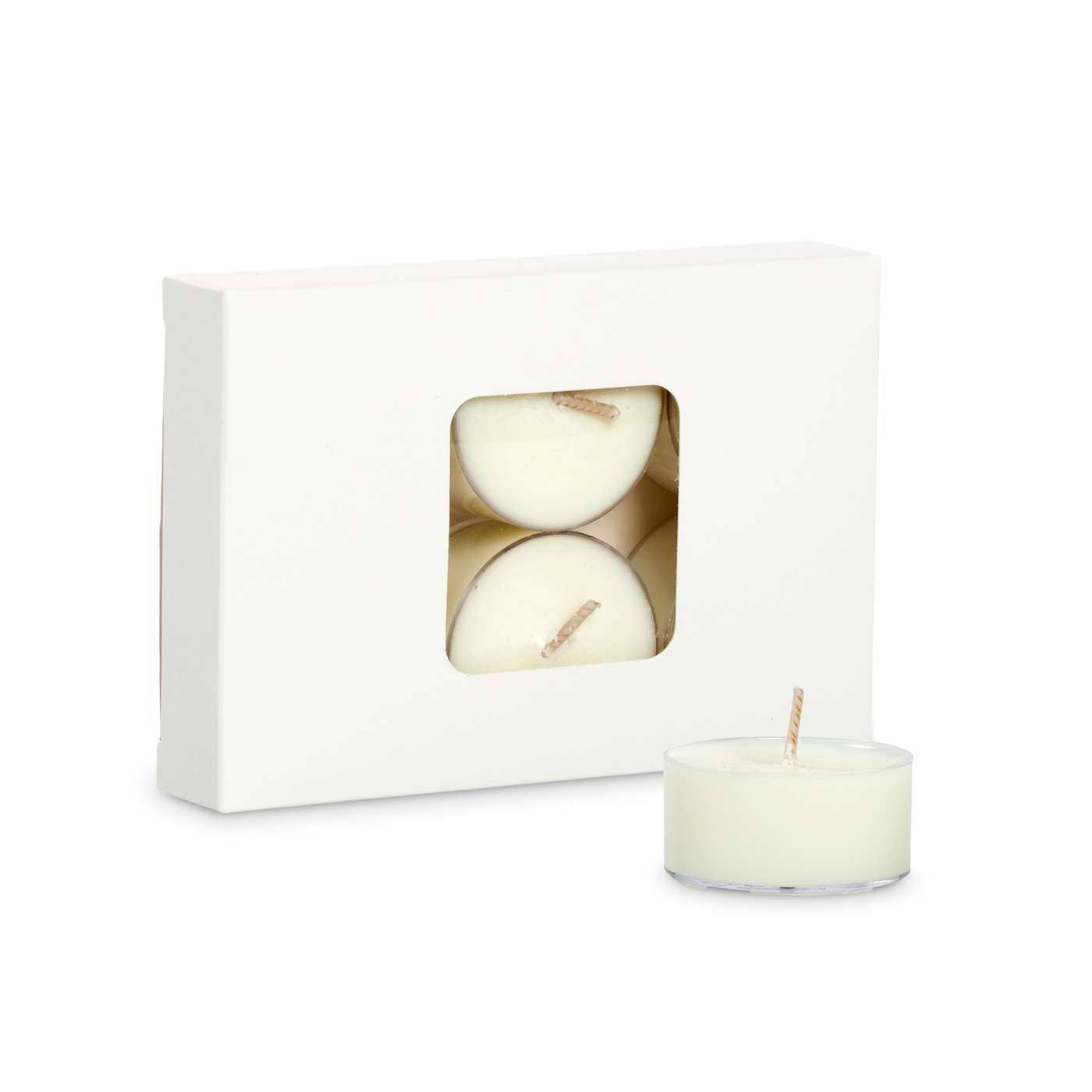Enhance Your Living Area with Extravagant Soy Candles and Home Fragrance
Enhance Your Living Area with Extravagant Soy Candles and Home Fragrance
Blog Article
From Wick to Wax: Recognizing the Chemistry Behind Soy Wax Candles and Their Environmental Influence
As we illuminate our spaces with the warm glow of candles, there lies a world of elaborate chemistry behind the seemingly basic act of lighting a soy wax candle. Join us as we unravel the scientific details behind soy wax candle lights and explore their implications on our setting.
Soy Wax Vs. Paraffin Wax
When contrasting soy wax and paraffin wax for candle making, it is crucial to understand the distinct characteristics and advantages of each material. Soy wax is an all-natural, renewable energy originated from soybean oil, making it green and biodegradable - soy candles. On the other hand, paraffin wax is a byproduct of oil refining, which elevates problems about its environmental effect and sustainability
Soy wax candles shed cleaner and produce much less residue compared to paraffin wax candles, making them a much healthier choice for indoor air quality. Additionally, soy wax has a reduced melting point, permitting a longer-lasting candle light that disperses scent better. Paraffin wax, on the other hand, has a tendency to melt faster and less cleanly, possibly launching damaging chemicals into the air.
From a sustainability perspective, soy wax is preferred for its biodegradability and eco-friendly sourcing, straightening with the growing customer preference for environmentally aware items. While paraffin wax has actually been a standard selection in candle making because of its cost and simplicity of use, the shift towards eco-friendly alternatives like soy wax is obtaining momentum in the sector.
Chemical Make-up of Soy Wax

Combustion Refine in Soy Candles
The chemical structure of soy wax straight affects the burning process in soy candle lights, impacting elements such as melt time, scent release, and environmental effect. When a soy candle light is lit, the heat from the flame melts the wax near the wick. This fluid wax is after that prepared the wick as a result of capillary activity. As the liquid wax gets to the flame, it evaporates and undertakes burning. The burning process includes the vaporized hydrocarbons in the wax reacting with oxygen airborne to create warmth, light, water vapor, and carbon dioxide.
The burning helpful hints efficiency of soy candles is affected by the purity of the soy wax and the quality of the wick. Furthermore, soy wax candle lights have a reduced environmental impact contrasted to paraffin candle lights due to their biodegradable and sustainable nature.

Ecological Benefits of Soy Wax

Taken into consideration a sustainable option to traditional paraffin wax, soy wax uses remarkable ecological advantages that make it a popular selection amongst eco-conscious consumers. One significant benefit of soy wax is its sustainable sourcing. Soy wax is stemmed from soybean oil, which is mostly grown in the United read this article States. The growing of soybeans helps sustain local farmers and decreases the reliance on non-renewable nonrenewable fuel sources used in paraffin wax production. Additionally, soy wax is eco-friendly, implying it breaks down normally without launching unsafe contaminants right into the environment. This characteristic makes soy wax candles a more ecologically friendly alternative compared to paraffin wax candles, which are made from petroleum, a non-renewable resource. In addition, soy wax burns cleaner and creates less residue than paraffin wax, adding to far better interior air quality and minimizing the need for cleansing and upkeep. On the whole, the environmental advantages of soy wax straighten with the growing need for sustainable and environment-friendly products in the market.
Recycling and Disposal Considerations
Reusing and appropriate disposal of soy wax candles play an essential function in maintaining environmental sustainability and reducing waste in homes and areas. When it comes to recycling soy wax candle lights, the initial action is to ensure that the candle has actually burned totally.

In terms of disposal, if recycling great post to read is not an alternative, soy wax candle lights are eco-friendly and can be securely gotten rid of in most house waste systems. However, it is always recommended to talk to local reusing centers or waste management solutions for certain standards on candle light disposal to ensure appropriate handling and ecological security.
Conclusion
In verdict, the chemistry behind soy wax candle lights discloses their environmental advantages over paraffin wax candle lights. Soy wax, derived from soybean oil, burns cleaner and generates less residue when contrasted to paraffin wax.
When comparing soy wax and paraffin wax for candle light production, it is vital to comprehend the distinct qualities and advantages of each material (soy candles).Soy wax candle lights burn cleaner and produce much less residue contrasted to paraffin wax candles, making them a healthier choice for interior air top quality.Taken into consideration a sustainable alternative to conventional paraffin wax, soy wax supplies noteworthy environmental advantages that make it a popular choice among eco-conscious consumers. Soy wax burns cleaner and generates less residue than paraffin wax, adding to much better interior air high quality and minimizing the need for cleansing and upkeep.In conclusion, the chemistry behind soy wax candles discloses their ecological advantages over paraffin wax candles
Report this page